After only nearly 2 months of official export, the amount of Vietnamese coconuts consumed in the Chinese market has increased sharply with orders of up to thousands of containers.
Coconut is becoming one of the crops that bring economic efficiency to people in many provinces and cities. Coconut is also one of the 6 types of trees that are Ministry of Agriculture and Rural Development included in the project and approved the project to develop key industrial crops until 2030. Currently, Vietnam has 15 provinces growing a lot of coconut with an area of about 200,000 hectares of coconut, with an output of 2 million tons.
According to statistics from the Ministry of Agriculture and Rural Development, in 2023, fresh coconut Vietnam exported 30,000 tons of coconut to 15 countries around the world and 320,000 tons of processed coconut products. Of which, the output of fresh coconut exported to China increased by more than 30% thanks to the increasing demand for fresh food, especially products with high nutritional value such as coconut, in the Chinese market.
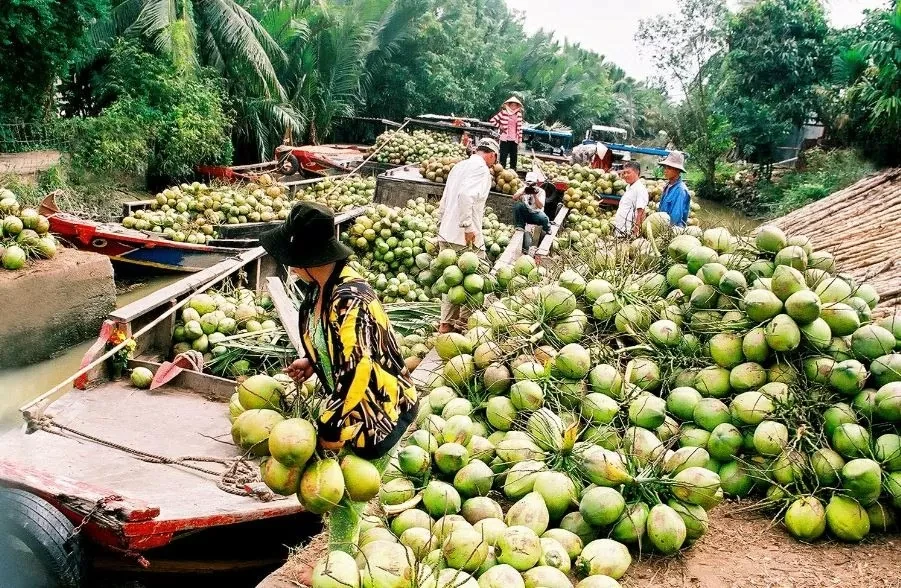
Vietnam currently has about 200,000 hectares of coconut, ranking 7th out of 93 countries worldwide. About one-third of Vietnam's coconut growing area meets US and European organic standards, mainly in the Central Coast provinces and the Mekong Delta (Ben Tre, Tra Vinh).
Mr. Nguyen Van Tam, a farmer in Chau Thanh district, Ben Tre, excitedly shared: “Previously, growing coconuts was just enough to eat, but since exporting strongly to China, my family's income has increased significantly. Every year, my family harvests more than 10,000 coconuts, most of which are exported .”
In August 2024, fresh Vietnamese coconuts will be officially exported to China. Many businesses have quickly seized this opportunity and actively expanded their markets.
The leader of the Vietnam Coconut Association said that many large units have signed contracts to export 30-50 containers, and some businesses have even signed orders to supply 1,500 containers of coconuts to China. This shows the great potential of the Vietnamese coconut market in China. Opening the Chinese market for fresh coconuts is a very good signal not only for the coconut industry but also helps people increase their income.
Ms. Tran Thi Hoa, a coconut farmer in Cau Ke district, Tra Vinh, also expressed her excitement: "My family used to grow coconuts mainly for domestic sale, but now that there is a large market like China, the price is also better."

The Vietnam Coconut Association expects to export fresh coconuts to China to reach $250 million this year, accounting for 25% of the industry’s total export value. Last year, fresh coconut exports to this market reached 606,000 tons, up 120% compared to 2018, according to data from the China Fruit Association.
In addition to fresh coconuts, China also favors processed products such as coconut milk, coconut milk, dried coconut and coconut jelly - a popular topping in drinks. The trend of consuming jelly, oil and coconut water is increasing due to health benefits. According to nutritionists, coconut jelly is rich in fiber, aids digestion and is good for the heart.
Although the Chinese market offers many opportunities, Vietnamese businesses also face competition from other countries, especially Thailand, where coconut prices are lower. To maintain their advantage, exporters need to focus on improving product quality, improving selection, packaging and preservation processes, and strictly complying with Chinese quarantine regulations.
According to Mr. Nguyen Van Thu, Chairman of the Board of Directors of GC Food, China is also a potential market for processed coconut products. His company is testing small batches and plans to expand its market share in the coming years. GC Food expects revenue from the market China will account for about 15% of the company's total revenue by 2025.
Exporting fresh coconuts to China not only opens up a new direction for the coconut industry but also contributes to promoting local economic development. Many farmers have converted traditional production models to sustainable coconut growing models that meet international standards. However, to maintain a competitive advantage with countries like Thailand, the coconut industry needs to continue to improve production, packaging and product preservation processes to ensure quality and meet China's quarantine standards.
Thanks to official exports to China, the Vietnamese coconut industry is facing a great opportunity to expand its scale and increase its competitiveness. If the export process goes smoothly, the Coconut Association forecasts that the total export turnover of fresh coconuts and processed coconut products could reach 1.2 billion USD this year.
However, to seize the opportunity and develop sustainably, Vietnamese enterprises need to pay more attention to product quality and compliance with regulations of export markets. This will help the Vietnamese coconut industry affirm its solid position in the international market and bring great benefits to farmers.
Source



![[Photo] Thousands of Buddhists wait to worship Buddha's relics in Binh Chanh district](https://vstatic.vietnam.vn/vietnam/resource/IMAGE/2025/5/3/e25a3fc76a6b41a5ac5ddb93627f4a7a)





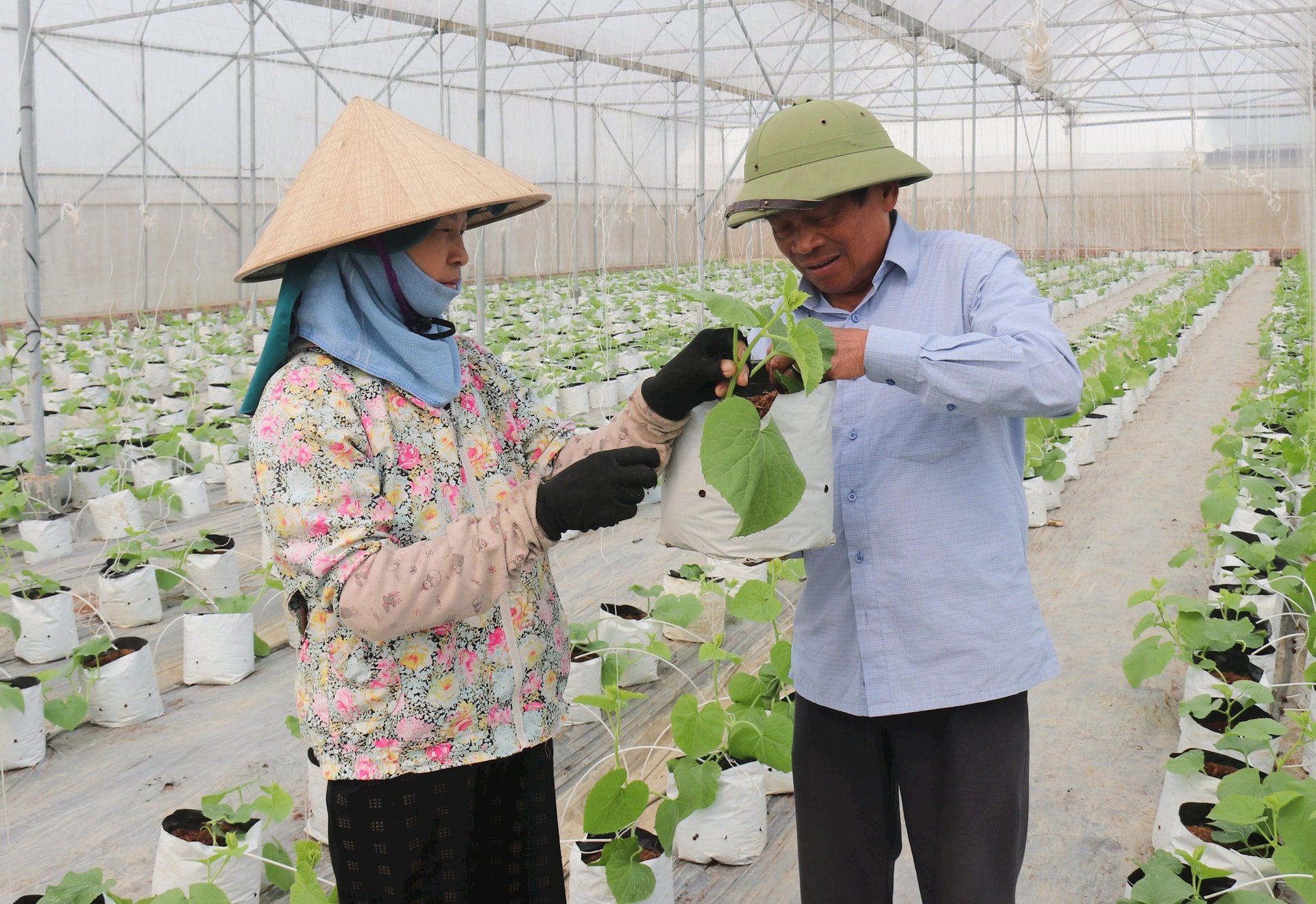

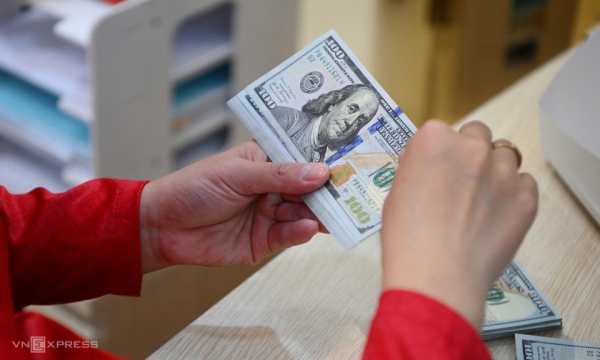

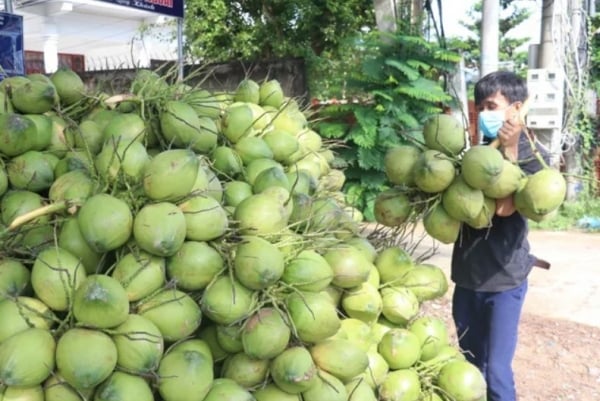












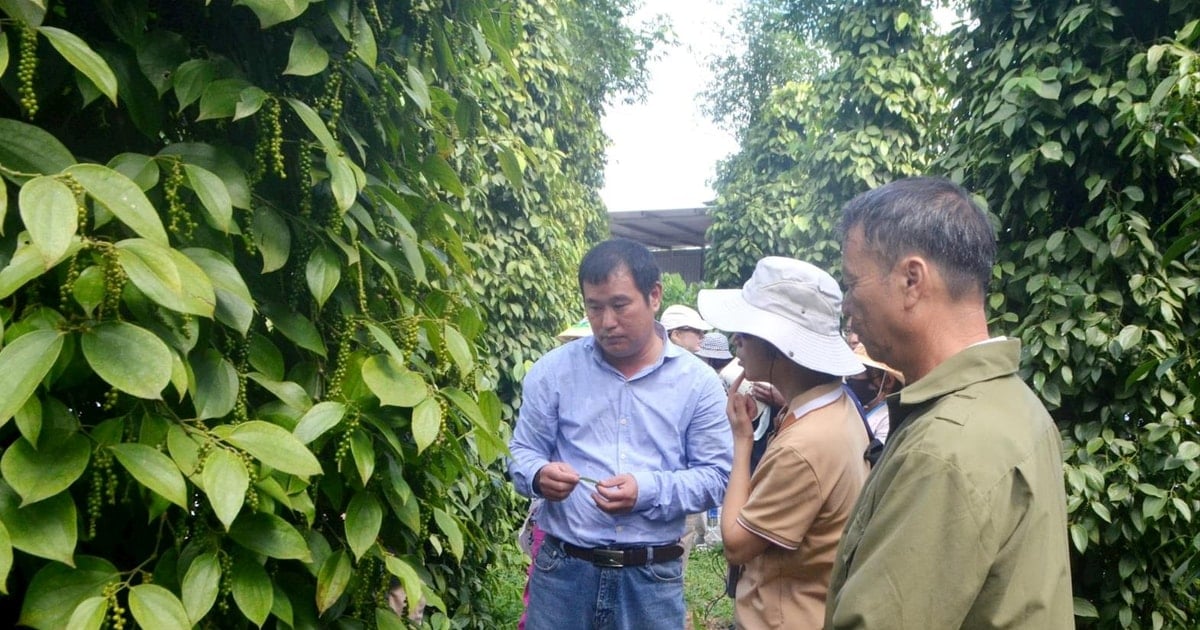


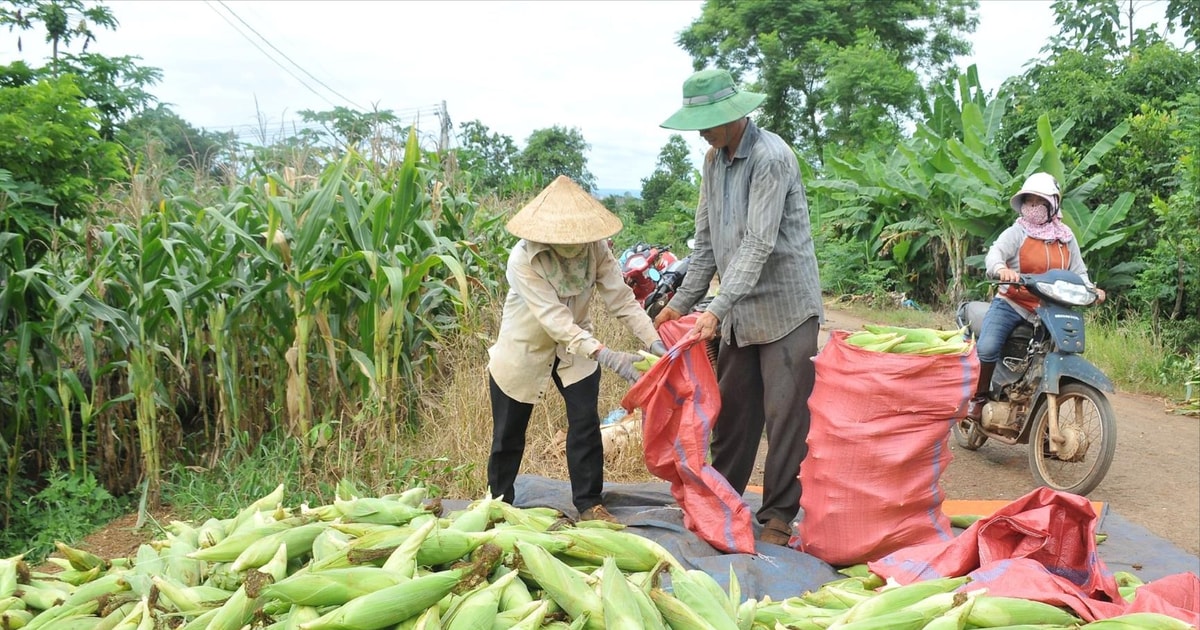



























































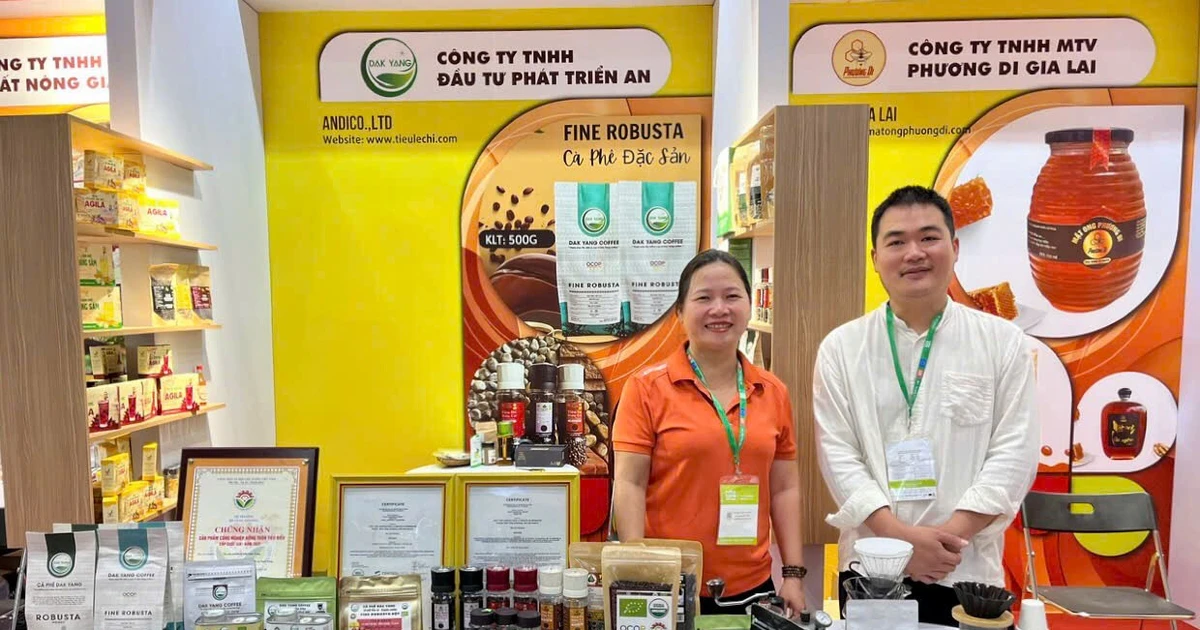



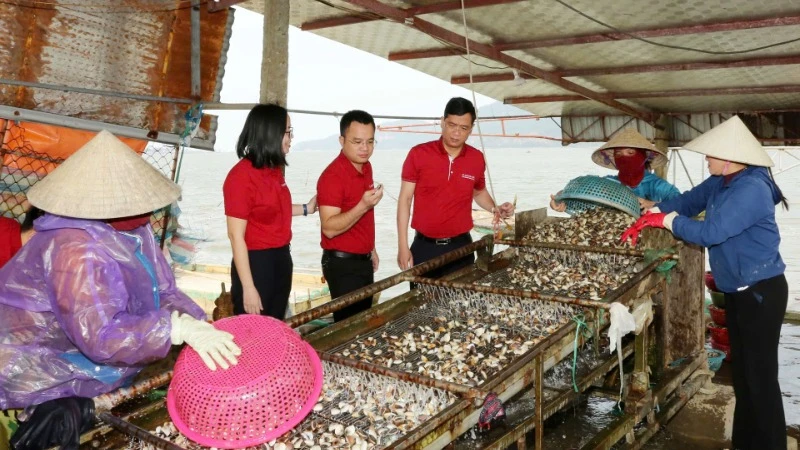


Comment (0)